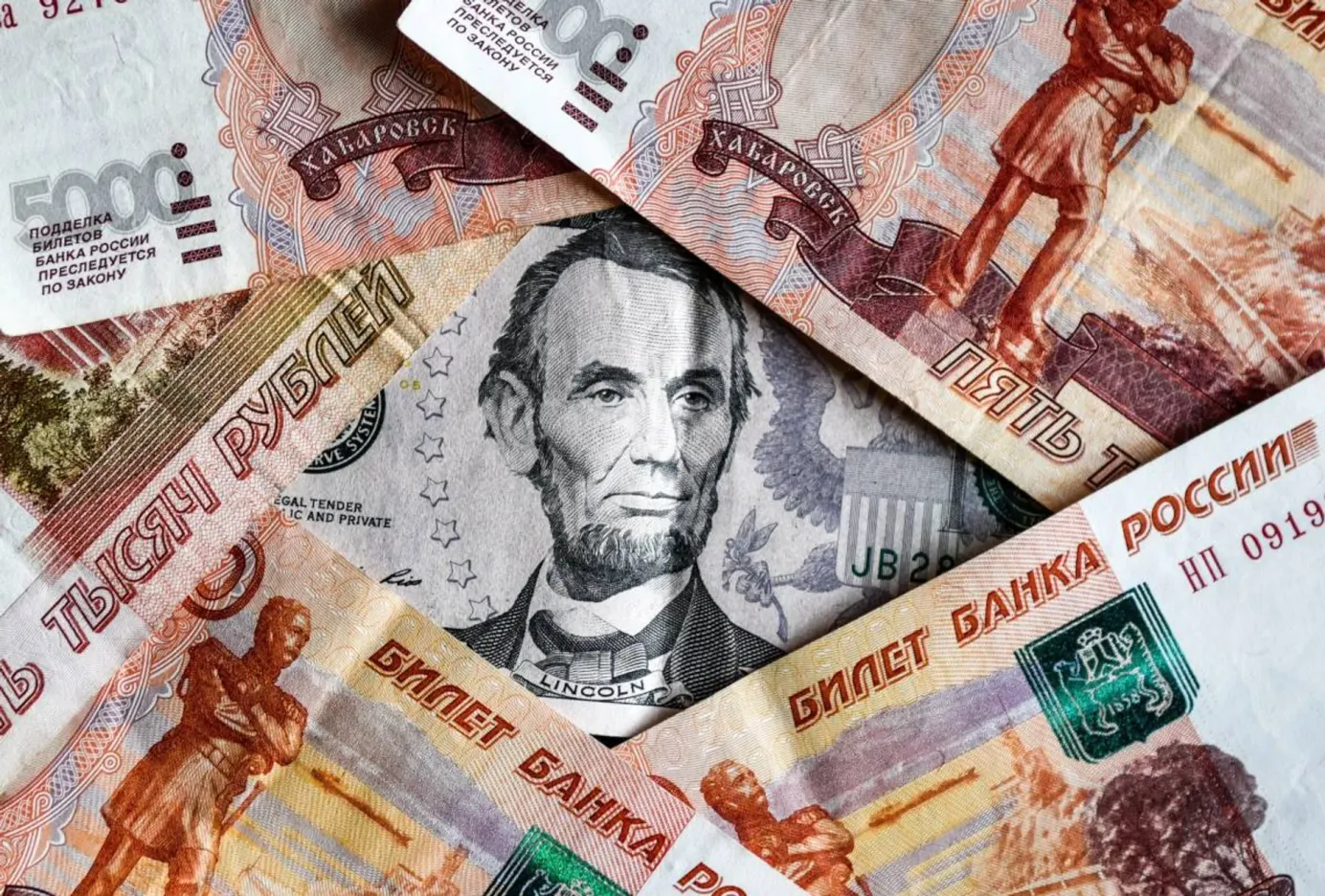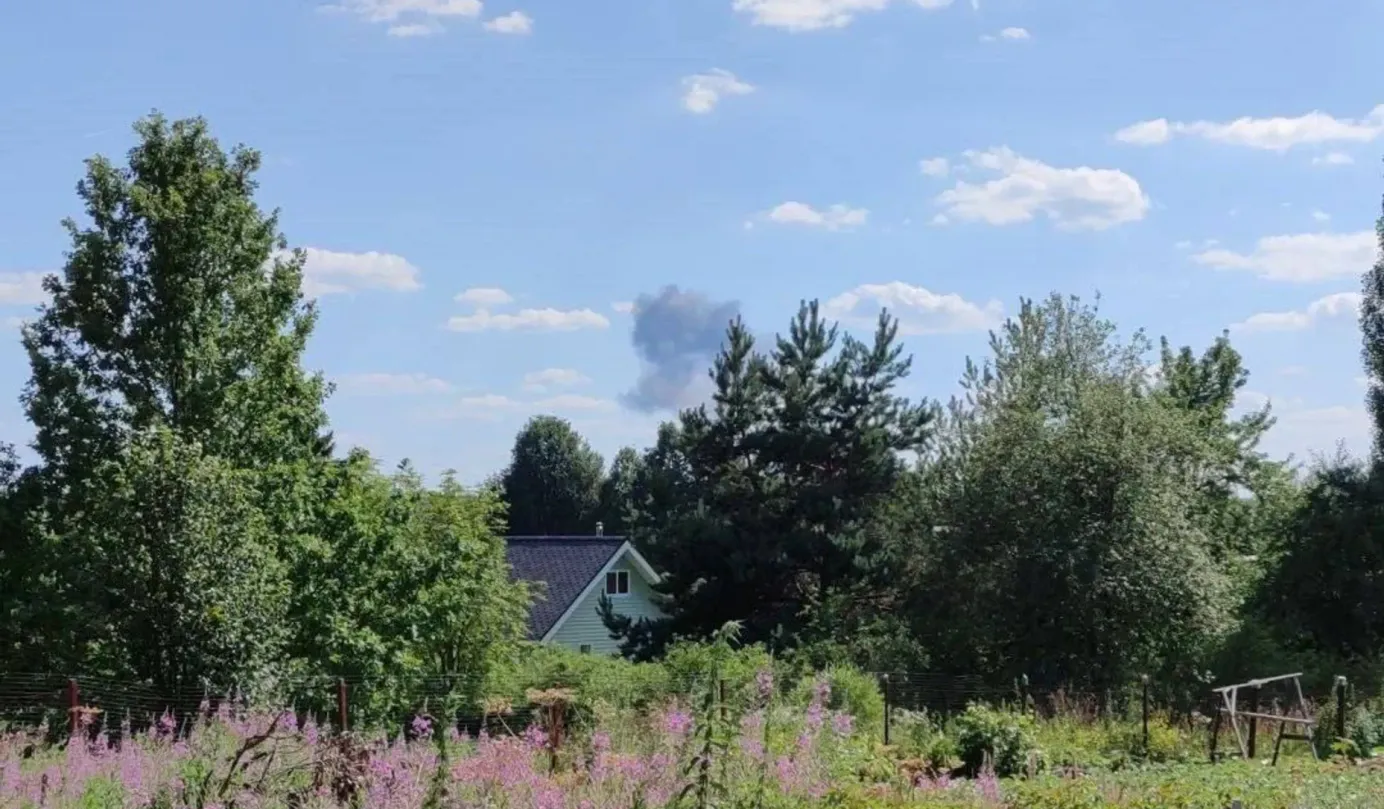
Why is the exchange rate so important to Russians and to the Kremlin
This summer, Russia is facing its latest currency crisis. On Aug. 11, the dollar broke through the benchmark 100-ruble mark, while the euro was trading at 110 rubles. Its tumbling value has become a hot topic in the Russian media in recent weeks. Ordinarily, foreign exchange rates shouldn’t be a big concern in a country that finds itself heavily sanctioned and cut off from many import channels. But in Russia’s case, it’s not so simple. For many years, Russians have regarded the ruble’s value as more than just an exchange rate.
Russians closely follow the rates for dollars and euros, a recent survey by Otkrytiye Bank showed. According to the poll, 80% of those surveyed kept track of the forex market, whether every day or a couple of times a month. These results contradict State Duma deputy Anatoly Aksakov, who sits on the Financial Markets Committee, who said week that “Most people don’t care about this [dollar to ruble] rate.”
Why is the exchange rate so important to Russians? In the U.S.S.R. in the 70s and 80s, owning foreign currency was the key to acquiring prized imported goods. Privileged Soviet citizens, who were entitled to have foreign currency, could use it on trips abroad, or spend it in the import-only Beryozka stores that sold sought-after jeans, imported alcoholic drinks and rare books. For most ordinary people, buying and selling foreign currency was a criminal offense.
After the break-up of the U.S.S.R., the Russian economy fell into a crisis: the ruble depreciated, the shelves were bare, and consumer inflation ran at several thousand percent each year. In the early 90s, major companies and banks were sold for less than $100,000. “It’s hard to imagine how highly foreign currency was valued in our country at that time,” wrote the business newspaper Kommersant.
Amid this period of hyperinflation, many Russian stores started displaying prices in so-called “conventional units” – i.e. dollars. The economy gradually stabilized — but the 1998 default brought “conventional units” back into circulation. At that time, many shops accepted payment in dollars, with change given in rubles, often at an arbitrary exchange rate. Officially, non-ruble pricing has been banned since 2004. But in moments when the ruble’s value quickly dropped, for example in 2014, some traders reverted to selling their wares in foreign currency. In 2022, as the ruble’s value plummeted due to the invasion of Ukraine, this practice was not widespread. But as before, there was a black market in foreign exchange against a backdrop of currency controls.
In the turbulent 90s, many in Russia had greater faith in the dollar than in the national currency. People who bought dollars did not lose their savings after the 1998 devaluation, when the ruble effectively went up in smoke. “As I recall, we had saved about $20,000 in rubles and when I saw [of Russian President Boris] Yeltsin’s drunken face on TV saying ‘There will be no devaluation, understand!’ I immediately told my father to change all the money into dollars and keep it at home. He didn’t agree. We only changed half. The rest of the money burned up [after devaluation]. Within two months, dollars were three times as expensive and all the prices went up,” recalled one individual who lived through the 90s.
More than half (62%) of the Russians surveyed by Otkrytiye are certain that the exchange rate with the dollar and the euro has a significant influence on their real-term incomes and consumption levels. Exchange rates affect domestic prices via imports and production costs. Over the long term, fluctuating exchange rates are almost all passed down to the consumer via prices. Over a five-year period, 98.5% of exchange rate variation is passed on this way.
In the current situation, prices for some goods in Russian will start rising as early as September. Although Russia is isolated internationally, imported goods continue to be freely available within the country. But their prices depend entirely on the exchange rate. Electronics, coffee, sweets, sausages, sushi, berries and fruits will all get more expensive.
Why the world should care
Russians have long regarded the dollar and euro rates as indicators of financial security and stability. With each passing crisis, that belief has only intensified. In August, foreign currency assets made up 24% of savings held by Russians both at home and abroad. That’s the highest level since April 2022.




